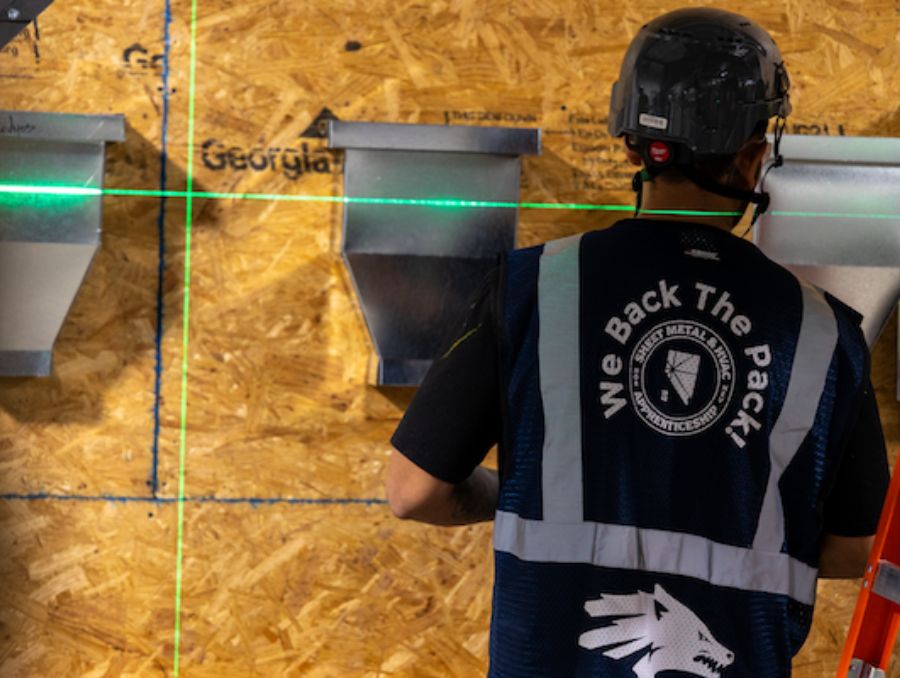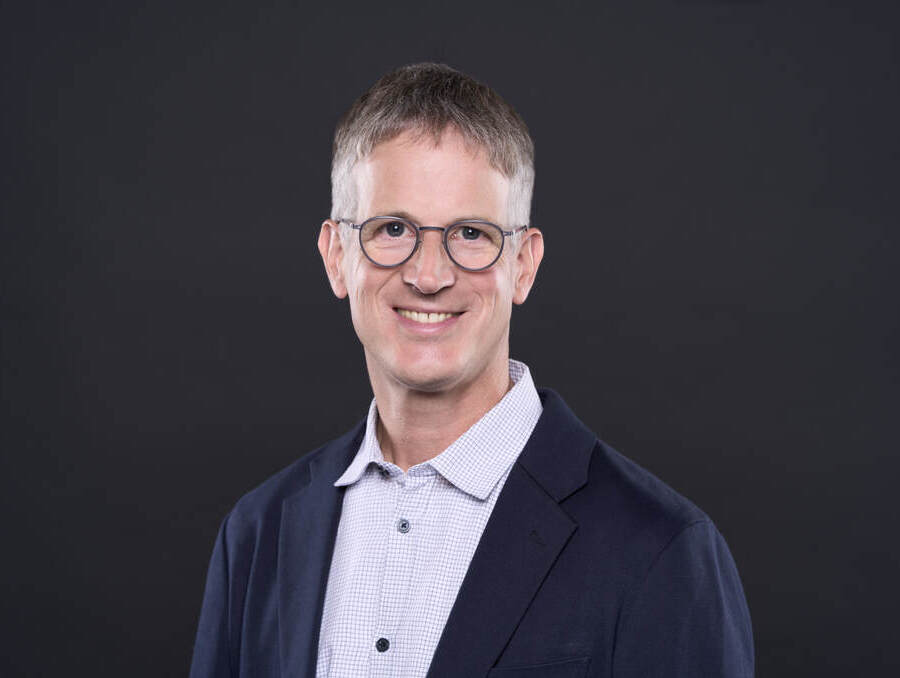A new webinar series is being offered by the University to discuss Nevada agriculture and economics in the wake of COVID-19. Each episode aims to provide reliable information so that members of the agricultural community, state leaders and consumers in general can make more informed choices and decisions.
The “Sage Outlook” webinars are a collaborative effort of the University Center for Economic Development and the University’s Experiment Station and Extension units, which are part of the College of Agriculture, Biotechnology & Natural Resources.
Tom Harris, Malieka Bordigioni and Mike Helmar are committed to providing an economic outlook on varying topics regarding the effects of the COVID-19 pandemic on Nevada agriculture. Harris is an Extension specialist, Experiment Station researcher, professor of economics and director of the University Center for Economic Development. Bordigioni and Helmar are both research managers at the Center, and Bordigioni is also an Experiment Station researcher.
In addition to commentary from the trio, the webinars feature a variety of guest experts from the University, as well as from other universities and Extension units in the West. Topics have included the effects of COVID-19 on livestock commodity prices, beef processing, dairy markets, and local foods systems, for example.
In one recent webinar, the researchers explain that the pandemic has put pressure on and complicated the supply chain in many industries. Over the course of the last few months, they collected and looked at data and statistics from agricultural industries to evaluate trends resulting from the effects of COVID-19. For example, they examined how the transportation between producers, feedlots, processors, retailers and end consumers has been affected in the cattle and dairy industries due to factors such as travel restrictions and processor plant closures. The researchers also looked specifically at Nevada agriculture and observed that the pandemic has taken its toll on Nevada livestock and dairy producers who rely on both national and international markets to sustain their operations.
“One thing we need to remember is that Nevada agricultural production is more dependent on national and international markets than it is on the domestic market for our beef, processed milk, lamb, wool and hay industries,” Helmar said during the webinar. “These industries are very much dependent on national and international markets.”
By providing information and an economic outlook on how agriculture has been affected by the coronavirus pandemic, the University hopes that Nevada decision-makers, producers and businesses will be able to make informed decisions to help sustain our agricultural industry and promote a healthy economy.
Adapted from a May 2020 article written by Reilly Moss.
















